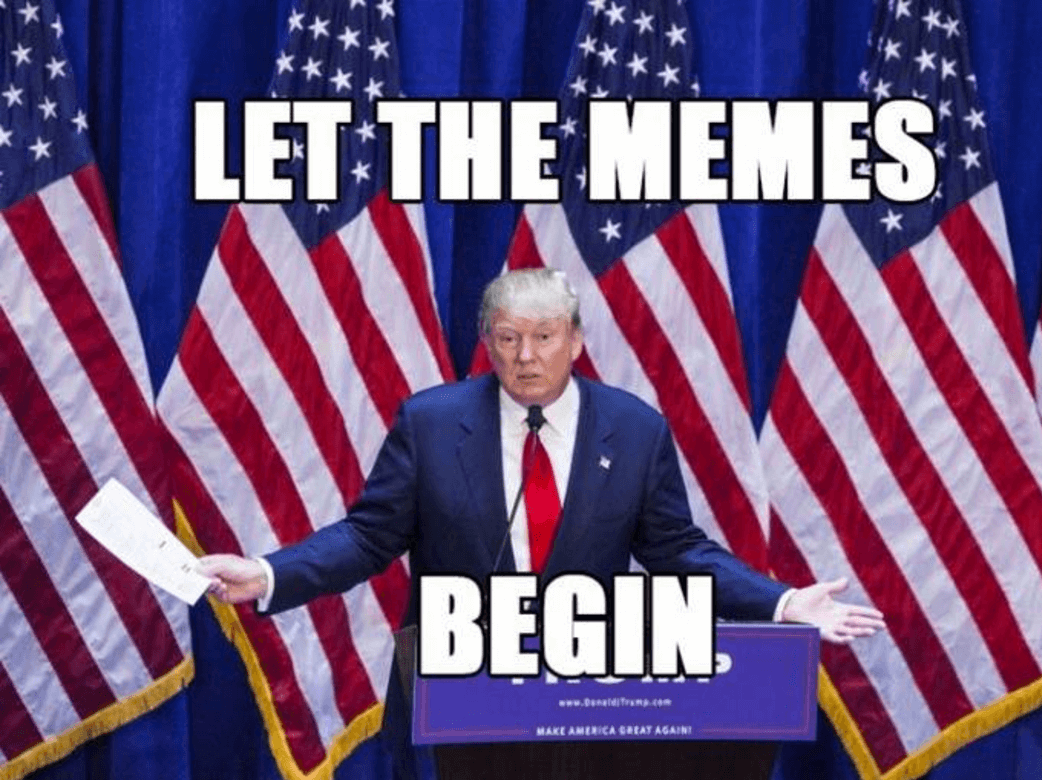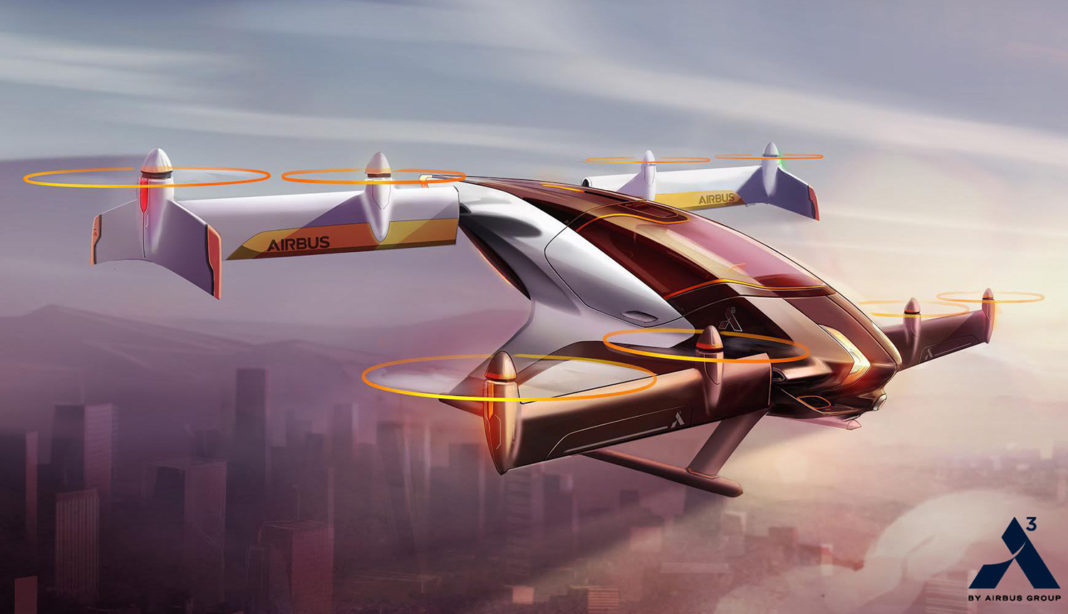Memes are used as a way of representing an idea, belief, or culture, and if used in the right way, can be used to win over anyone. Even the recent election used a plethora of memes to grab the attention of voters and keep them on the side once captured. However, they can also be dangerous little creatures of mass destruction if used in the wrong way. But one thing that is for certain is that memes do pose a challenge to the United States.
One person who can see the issues coming is Jeff Giesea, the former employee of Peter Thiel, tech giant and Trump donor. He said in an essay on power memes, “It’s time to drive towards a more expensive view of Strategic Communications on the social media battlefield. It’s time to adopt a more aggressive, proactive, and agile mindset and approach. It’s time to embrace memetic warfare.” But, he’s not alone in his thoughts. Others within the US military wanted to know how memes could be used in warfare in the early 2000’s, partly as a result of the warring against jihadist terrorists.
A paper entitled “Memetics: A Growth Industry in US Military Operations” was published by Michael B. Prosser who is now a Lieutenant Colonel in the Marine Corps. In it, Prosser explains his vision for weaponizing and diffusing memes that would be created to “understand and defeat an enemy in ideology and win over the masses of undecided non-combatants.” The paper also talks about a proposal for a “Meme Warfare Center” whose main function would be to provide advice to the Commander on meme transmission, enemy analysis, and population information.
DARPA too have been looking closely at memetics and are part-way through a four-year study themselves on the subject. But, despite government research, it still seems to be insurgent groups that use memes in the most efficient manner. One example of this can be seen during the early stages of the ISIS war where memes were used to grab the attention of their audience and get their message across to both potential recruits and enemies.
According to John Robb, former Air Force pilot involved in special operations and author of Brave New War: The Next Stage of Terrorism and the End of Globalization, the US military will always be disadvantaged when it comes to using memetics in war as “the most effective types of manipulation all yield disruption.” He adds, “The broad manipulation of public sentiment is really not in [the military’s] wheelhouse because all the power is in the hands of the people on the outside doing the disruption.”
Donald Trump’s campaign is an excellent example of how a meme insurgency can occur. His campaign was largely about creating disorder among the voters to gain popularity, and hey, it worked, Donald Trump is the new president. Perhaps when Jeff Giesea released his paper in 2015 about memetic warfare, it should have been a warning of what was to come. He said, “For many of us in the social media world, it seems obvious that more aggressive communication tactics and broader warfare through trolling and memes a necessary, inexpensive, and easy way to help destroy the appeal and morale of our common enemies.” Now we can only sit back and see what else is to come from the world of memetics.
Related Links;
More News To Read











